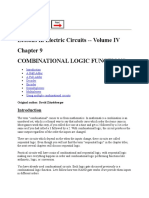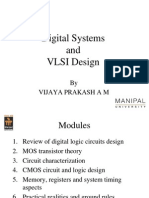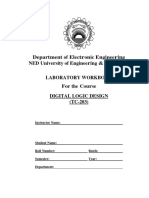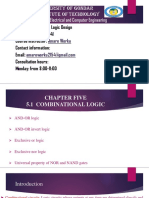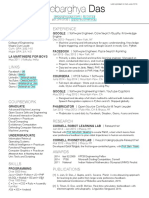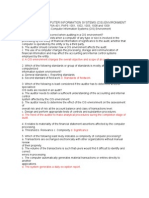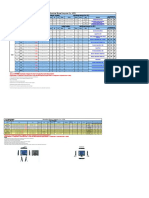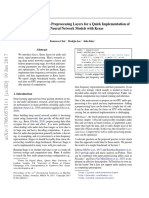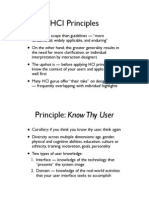0% found this document useful (0 votes)
20 views31 pagesCOA Lab Notes
The document outlines various experiments involving logic gates, adders, subtractors, encoders, decoders, multiplexers, and flip-flops, detailing their implementation and associated viva questions. It covers the characteristics and applications of different types of gates, the construction of binary arithmetic circuits, and the distinction between flip-flops and latches. Additionally, it discusses the properties of Gray code and the functionality of multiplexers and demultiplexers in digital systems.
Uploaded by
Deepak SinghCopyright
© © All Rights Reserved
We take content rights seriously. If you suspect this is your content, claim it here.
Available Formats
Download as PDF, TXT or read online on Scribd
0% found this document useful (0 votes)
20 views31 pagesCOA Lab Notes
The document outlines various experiments involving logic gates, adders, subtractors, encoders, decoders, multiplexers, and flip-flops, detailing their implementation and associated viva questions. It covers the characteristics and applications of different types of gates, the construction of binary arithmetic circuits, and the distinction between flip-flops and latches. Additionally, it discusses the properties of Gray code and the functionality of multiplexers and demultiplexers in digital systems.
Uploaded by
Deepak SinghCopyright
© © All Rights Reserved
We take content rights seriously. If you suspect this is your content, claim it here.
Available Formats
Download as PDF, TXT or read online on Scribd
/ 31













